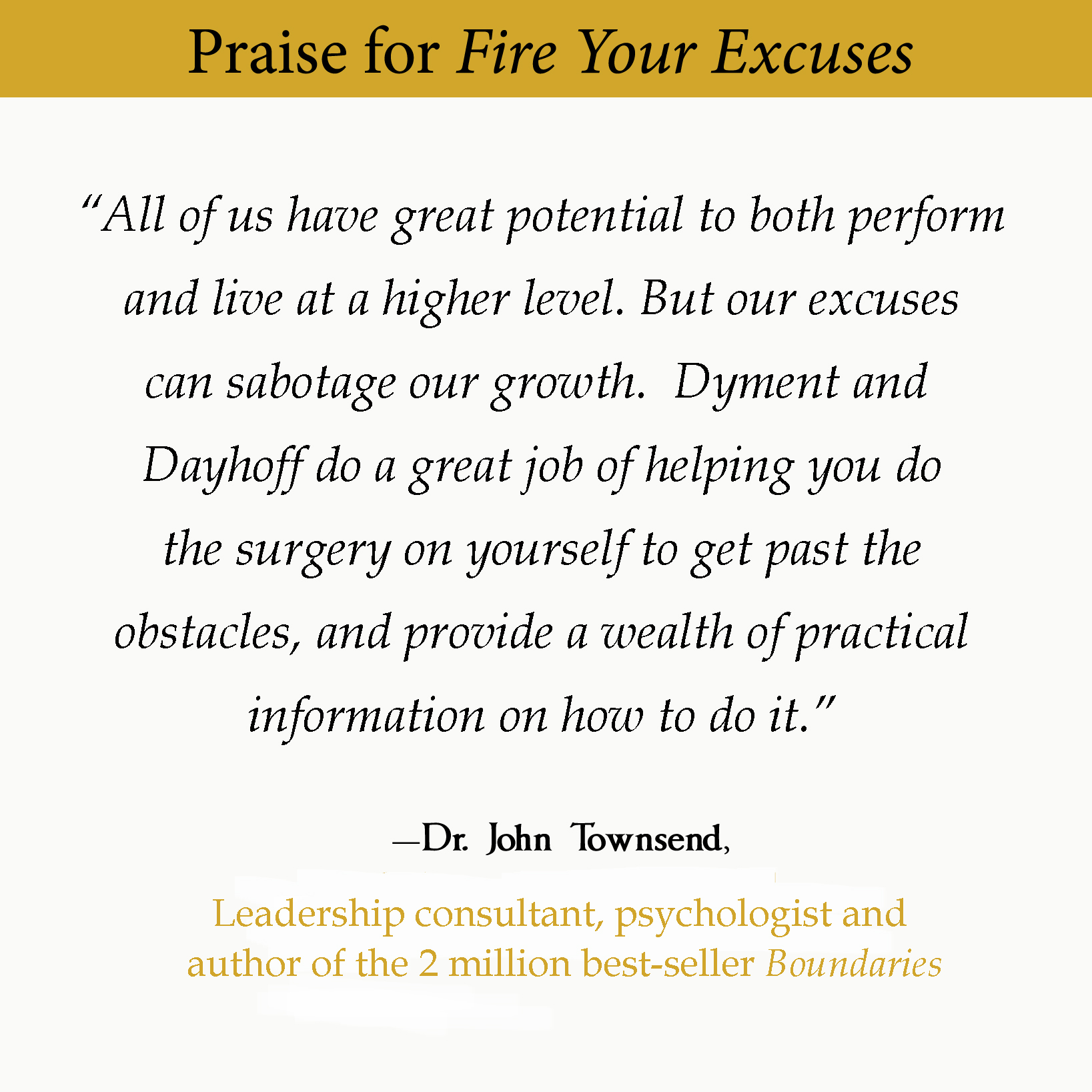 What happens to the “temperature” of the room when you walk in?
What happens to the “temperature” of the room when you walk in?
Andrea shuffles into the ballroom and sits a chair or two away from the nearest attendee. Her head down, she intently scrolls through her phone for a last minute message or two. A few moments later, she looks up and we greet her with a hello and a quick introduction. She politely responds and instantly resumes her typing. At that moment, Pam enters. Picking up the presentation materials and scanning the room for her preferred seat, she chooses one four rows from the front. Warmly, she introduces herself and says, “I am so looking forward to this. I hope we have a great turnout. We really need to hear this.” Immediately, those nearby turn toward her and begin to engage in conversation. She smiles broadly and laughs easily. Maybe, she is their manager, we guess. We soon learn we are wrong. Pam is a new hire. In fact, Andrea, who remains isolated by a wide buffer of empty chairs, is her boss.
Researchers have known for some time that those who express a joyful spirit also have the most influence, be it in a boardroom or among a group of friends. It is important to note that a warm or cold demeanor is something separate from one’s extrovert or introvert personality leanings. Case in point: Some of our most encouraging participants, never say a word throughout our seminars but their body language, facial expressions and eye contact exude openness and warmth.
In a fascinating study, father of positive psychology, Dr. Martin Seligman, along with Harold Zullow, examined the outcome of 10 presidential elections. With the exception of the 1968 campaign, November’s winner was the more optimistic one; even if he trailed in the polls! (see link)
In a more recent study at Wayne State University (see link) ball players who smiled in their pre-1950 team photo lived, on average, eight years longer than those team mates who did not; even when controlling for important other factors. We now have proof that smiling correlates strongly with longevity.
Can we take this study to mean that smiling causes longevity? No, these researchers only found a strong correlation between them. Nevertheless, it is not a stretch to argue that the presence or absence of smiling may be a possible measure of our current mood or attitude. Could a photographer merely catch us off-guard, on a bad day? Are there cultural and generational differences? Of course, but the Wayne State study suggests that when we observe a pattern of flat or negative expression for our most important post-19th century photographic moments, it may be wise to ask ourselves why. And, also, to consider what our bosses, colleagues, friends and family may be surmising about our mood.
One thing that is certain to us, having spoken to more than 2,500 audiences and seen hundreds of individuals one-on-one: Our facial expressions communicate far more than we realize. In 1955, Joseph Luft and Harrington Ingham coined the term “Johari Window” to describe the four “faces” we each present to the world. They are: What is Known or Open—to ourselves and others. Our Blind Spots—what is known to others but not us. Unknown—those parts of ourselves that are known neither to us or others. And, finally, our Hidden parts– that which we know about ourselves but conceal from the world.
What does your face say about you? What impact will you have or not have based on what you non-verbally project to others? And, what might you be communicating without even knowing it? It is food for thought and great feedback to gather.
____________
Dr. Bill Dyment and Dr. Marcus Dayhoff, co-authors of the book and assessment, Fire Your Excuses, speak 200 times each year to America’s corporations, non-profits, hospitals and educational institutions. They also serve as executive coaches in the area of employee change and development.












 Fire Your Excuses™ is delighted to be able to support World Vision’s Well Projects by donating 10% of all gross income to assist the people of Malawi, Africa, with clean water. When you enroll in a Fire Your Excuses™ coaching program, attend one of our seminars, or order our book, you are also giving the gift of life—fresh water to needy communities in Malawi, Africa, the world’s sixth poorest country.
Fire Your Excuses™ is delighted to be able to support World Vision’s Well Projects by donating 10% of all gross income to assist the people of Malawi, Africa, with clean water. When you enroll in a Fire Your Excuses™ coaching program, attend one of our seminars, or order our book, you are also giving the gift of life—fresh water to needy communities in Malawi, Africa, the world’s sixth poorest country.